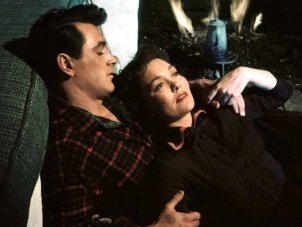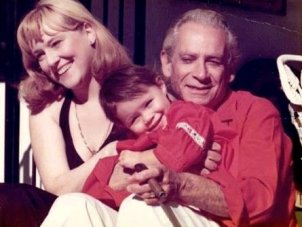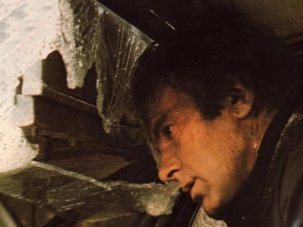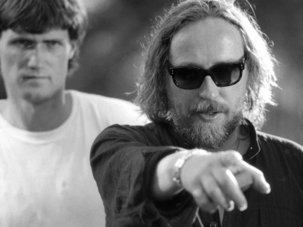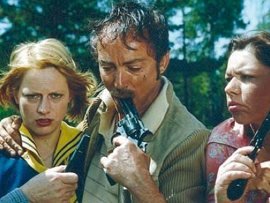from our Winter 1974 issue, and reprinted in edited form in our May 2017 Fassbinder special issue
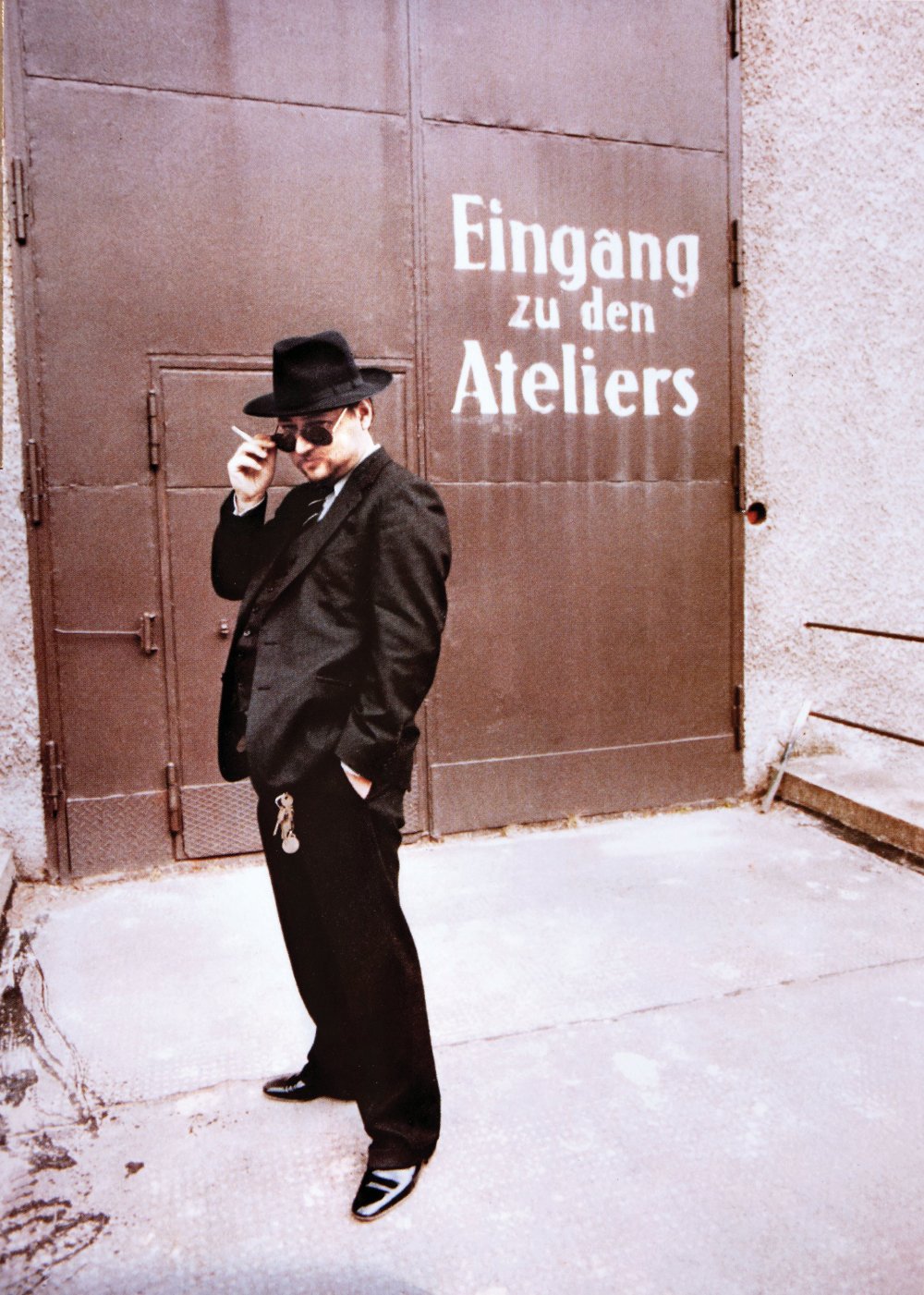
Rainer Werner Fassbinder
This interview was recorded in the apartment where Rainer Werner Fassbinder was staying in Frankfurt. He had recently arrived in the city to take over running the Teater am Turm (‘Tower Theatre’) – an arrangement which came to an abrupt end a few months later. RWF hated Frankfurt and most particularly his employers in the city council, and vented his anger in a new play called Garbage, the City and Death (Der Müll, die Stadt und der Tod), which the council immediately vetoed. RWF quit the TAT, and the play had a brief run in December 1974 at the city’s Schauspielhaus instead; it was subsequently filmed (brilliantly) by Daniel Schmid as Shadow of Angels (Schatten der Engel, 1975), with RWF in the cast.
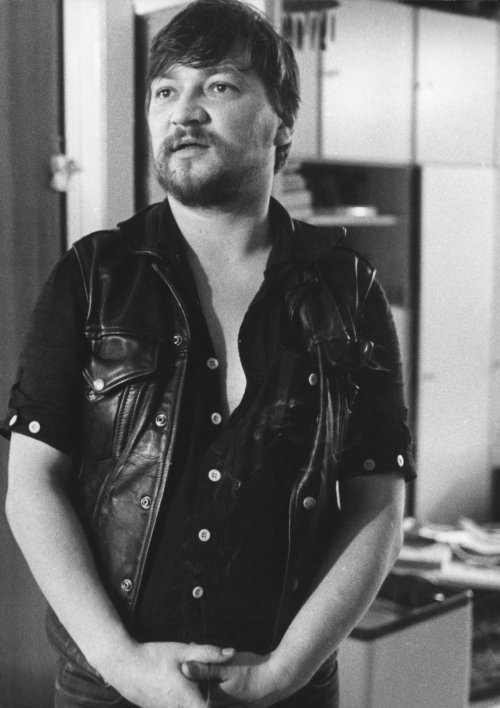
Rainer Werner Fassbinder
A major retrospective, RW Fassbinder, runs at the BFI Southbank, London, through April and May 2017.
RWF always needed a housekeeper to look after him, and that role in Frankfurt was filled by Ursula Strätz, landlady to the original Action-Theater in Munich when RWF took over its leadership in 1967; Ms Strätz served tea in an attempt to soothe the dyspeptic director. Knowing that his English was quite fluent, I nervously started the interview in English. But RWF interrupted with “Ich verstehe gar kein Wort” (“I don’t understand a word of it”) and so we proceeded in German. The translation here is my own.
When did you decide to work in film and theatre?
Early, around nine. There was never any other possibility.
You began in theatre?
No, I made two shorts in 1965 and ’66. One arose from my love of Rohmer’s Le Signe du lion [1959] and the other one was… a little like Godard. But at that time every idiot was making films. I felt a great need to work with a group and I had access to this small ‘underground’ theatre in Munich where I could try the thing out. Film was always so expensive…
Our first play was Katzelmacher. I only began writing because publishers didn’t want to give us performance rights for the theatre; they didn’t see any profits in it. We became ‘antiteater’ when the city closed the place. The police moved in. There were various pretexts, but it was mainly because it had become a political theatre.
How did you get back into films?
Love Is Colder than Death [1969] was made almost entirely without money; we got 10,000 DM from a collaborator and used that. The film of Katzelmacher was made on credit. There was no market for them in cinemas at the time, but we sold the TV rights to them, which paid off our debts and left enough to make Gods of the Plague [1970].
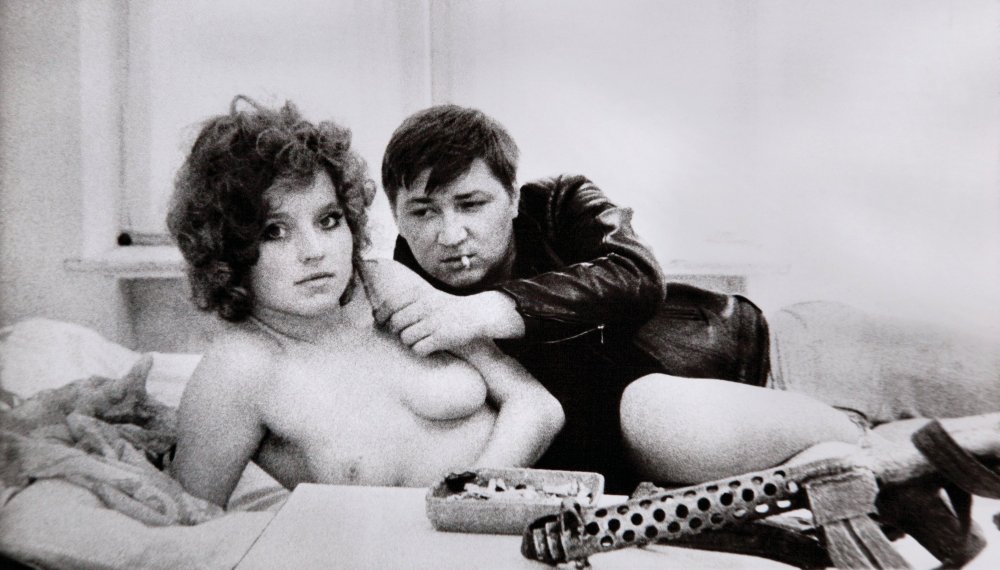
Hannah Schygulla and Rainer Werner Fassbinder on the set of Love Is Colder than Death (1969)
The films were very theatrical, just as the plays we were doing were very cinematic. I thought that the things I was achieving with actors in the theatre could be tried out in film; you find out what you can take from one medium to benefit the other. Quite soon, though, I was looking for something more purely filmic.
You were influenced a lot by American movies then?
Some of the time. About half the early films were ‘about’ my discoveries in the American cinema; in a way they transplanted the spirit of American films to the Munich suburbs.
The others generally weren’t at all. They were investigations into German actualities: immigrant workers, the oppression of a middle-class office worker, our own political situation as filmmakers. Beware of a Holy Whore [1970] is specifically about the situation of trying to live and work as a group.
Did you think of these as provocative?
Not so much provocative as designed to activate thought processes. I thought then that if you brought people up against their own reality they’d react against it.
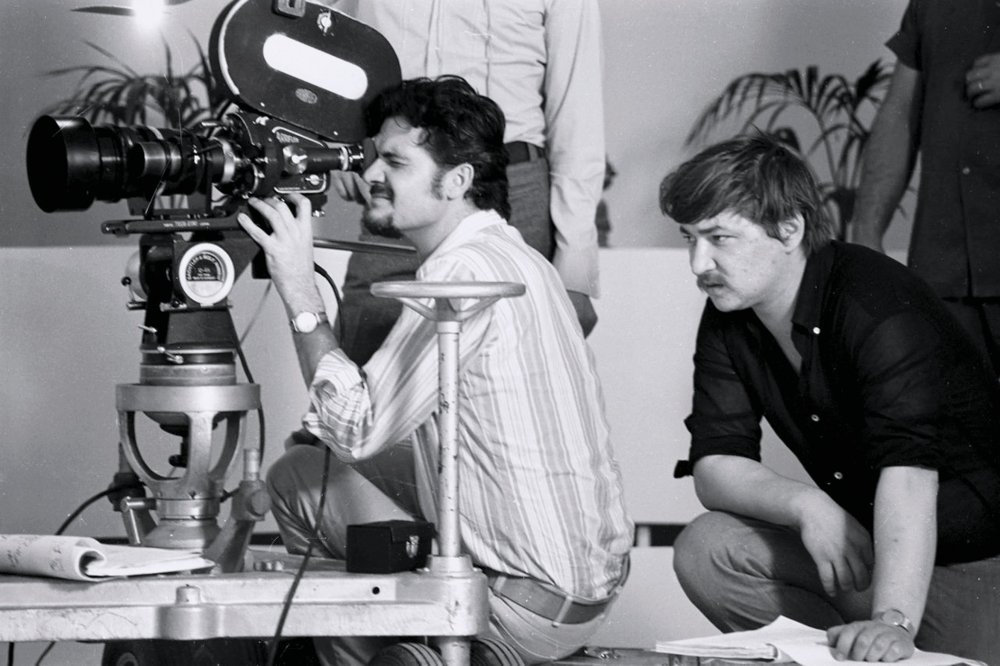
DP Michael Balhaus and director Rainer Werner Fassbinder on the set of Beware of a Holy Whore (1970)
I don’t think that any more. I now think that the primary need is to satisfy the audience, and then to deal with political content. First, you have to make films that are seductive, beautiful, about emotion or whatever…
Like Sam Fuller?
For example. But you still have to know why you’re making the film. In other words, use the emotions generated to a particular end. It’s a preliminary stage in a kind of political presentation.
The main thing to be learned from American films was the need to meet their entertainment factor halfway. The ideal is to make films as beautiful as America’s, but which at the same time shift the content to other areas. I find the process beginning in Douglas Sirk’s films, or in a film like Hitchcock’s Suspicion where you leave the cinema feeling that the marriage is an impossibility.
Is that why you prefer melodrama to realism?
I don’t find melodrama ‘unrealistic’; everyone has the desire to dramatise the things that go on around him. Plus everyone has a mass of small anxieties that he tries to get around in order to avoid questioning himself; melodrama comes hard up against them.
Take a film like Sirk’s Written on the Wind: what passes on the screen isn’t something that I can directly identify with from my own life, because it’s so pure, so unreal. And yet within me, together with my own reality, it becomes a new reality. The only actuality that matters is in the viewer’s head.
Your films are stylised in a way very different from Sirk’s, though.
Sure, because we haven’t made films under the same conditions. At least half of his films contain the naiveté of his bosses, the studio heads; for better or worse, we’ve never had that. That’s one of the things that’s so good in American films, and you almost never find it in European films. I long for a little naiveté, but there’s none around.
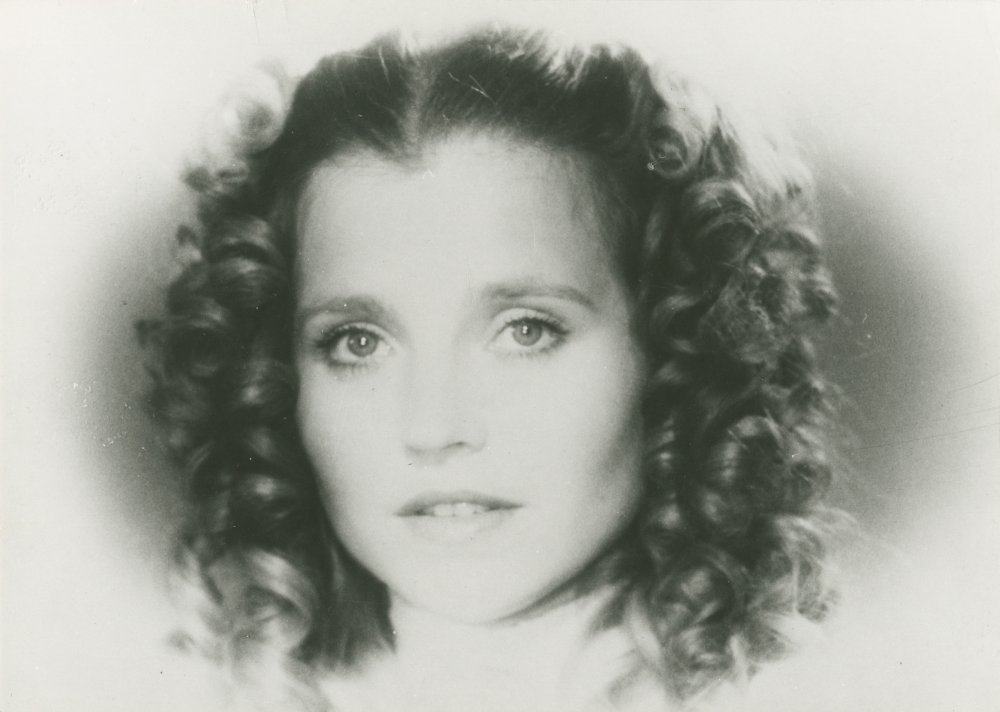
Effi Briest (1974)
However, there are considerable differences between my films. The degree of stylisation grows in proportion with the artificiality of the theme. Effi Briest [1974] is much more hermetic, in that sense, than Fear Eats the Soul [1974], for instance. The theme is partly taken over from the characterisation, and so it has to do with the characters too. The films are very consistent in their attitude to the characters (these days I try to give each a visible, comprehensible motivation), but what grows from that depends very much on the theme.
Do you find this happening elsewhere in Germany at all?
I don’t see much of what I’ve been talking about in other German directors; they’re something quite different, with other possibilities. I’ve had the opportunity to learn a great deal more than most of them. I do feel a kind of kinship with Volker Schlondorff; he and I have a somewhat similar attitude to film, and to life.
Why do you keep a ‘stock company’?
The group is always renewing itself. I like to work with the same people because the possibilities of agreement are so much better. Otherwise, you’re forever going back to the beginning.
Do you intend to build them up as ‘stars’?
For me, they are stars.
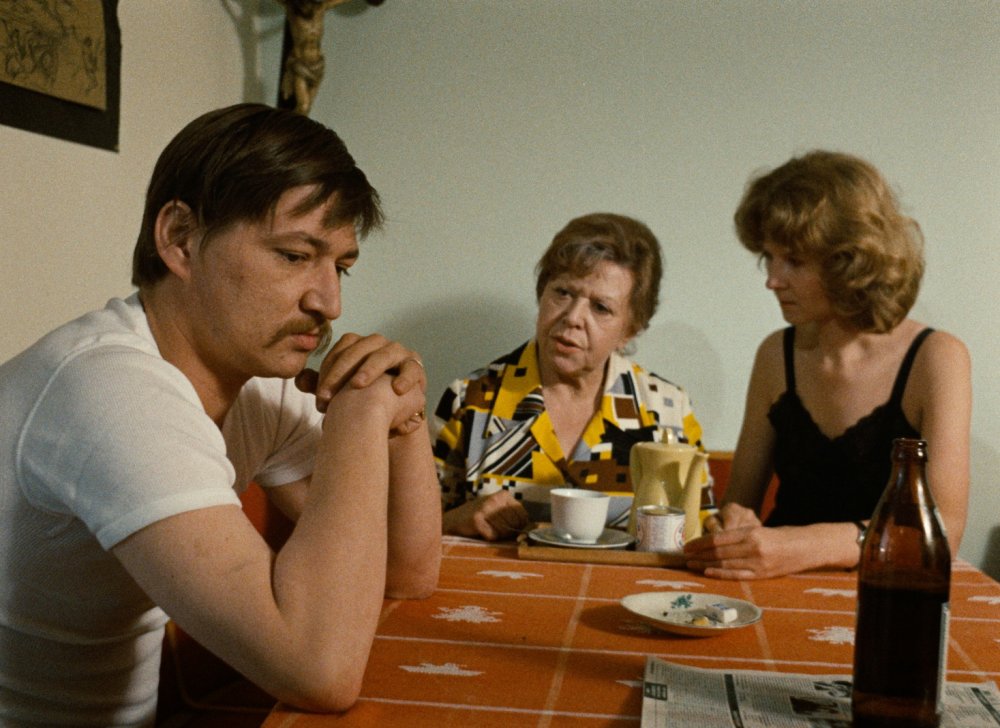
Fear Eats the Soul (1974)
You try to keep the same crew together as well?
Yes, but it isn’t as permanent as it is with actors. They do a lot of TV work, and work for other directors, and it’s not possible to have the same continuity. But I’ve only ever used three cameramen, for instance, and anyway I always check all the shots myself.
How about the design?
I did Petra myself. Otherwise it’s done for me by Kurt Raab, the guy who plays Haarmann in Ulli Lommel’s Tenderness of the Wolves. I tell him what I need; every colour is carefully thought out, each image is prepared.
Does an actor’s part in one film relate to his part in another?
For several years I’ve been trying for extreme variety; the difference between The Merchant of Four Seasons [1972] and Petra von Kant [The Bitter Tears of Petra von Kant, 1972] is already very great. In the last few films, it’s been changing constantly: Effi Briest with Hanna Schygulla, Martha with Margit Carstensen, Fear with Brigitte Mira. With Hanna, for instance, every time we’ve tried to take whatever the character has to do with her own personality, and illuminate it from the other side.
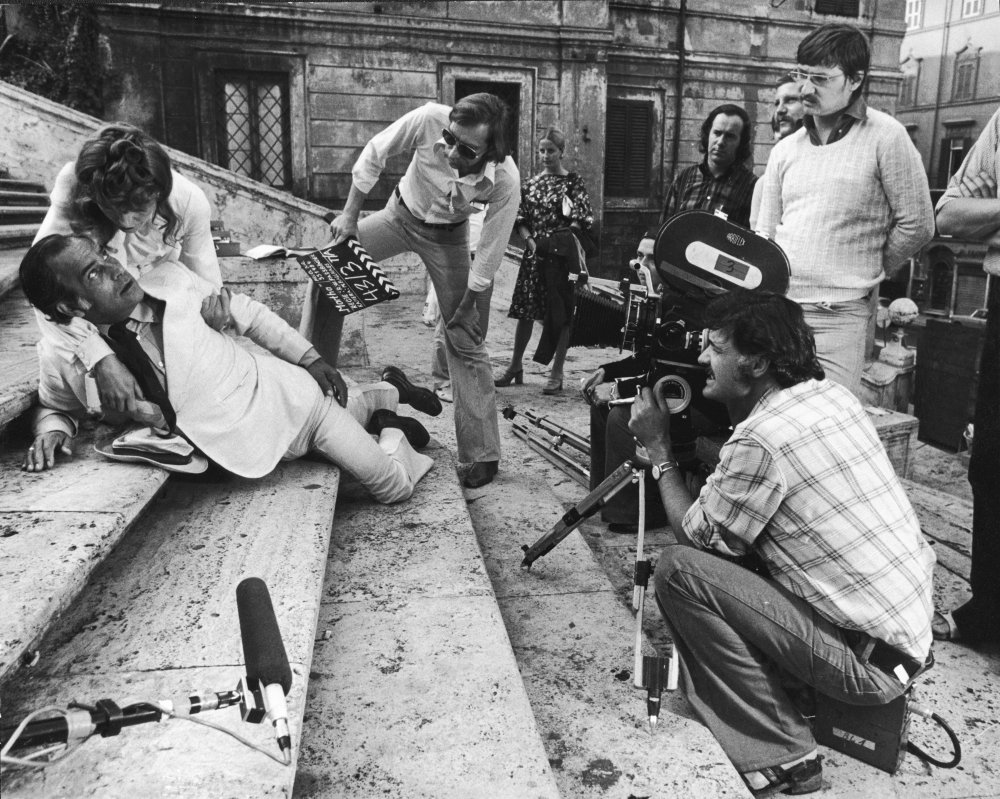
DP Michael Balhaus and director Rainer Werner Fassbinder filming Martha (1974) with Margit Carstensen and Adrian Hoven
Why are some of your projects originals and others based in existing texts?
If I find a story that’s better contrived than I could have done it myself, then I use it. I made Effi Briest because Fontane’s attitude to his society was a lot like my own, and I’m a German, making films for German audiences.
Nonetheless, a film like Merchant has a certain universality…
Yes, it’s a story that almost everyone I know has lived himself. A man wishes that he had made something of his life that he never did. His education, his environment, his circumstances don’t admit the fulfilment of his dream.
Petra seems in contrast more private…
Ah, but it’s not, people can identify and have done so. Because once again, it’s the same subject: everyone has experienced pain in love, and has wished (naturally enough) for a greater love than it was possible to have… most people suffer because they are incapable of really expressing their grief.
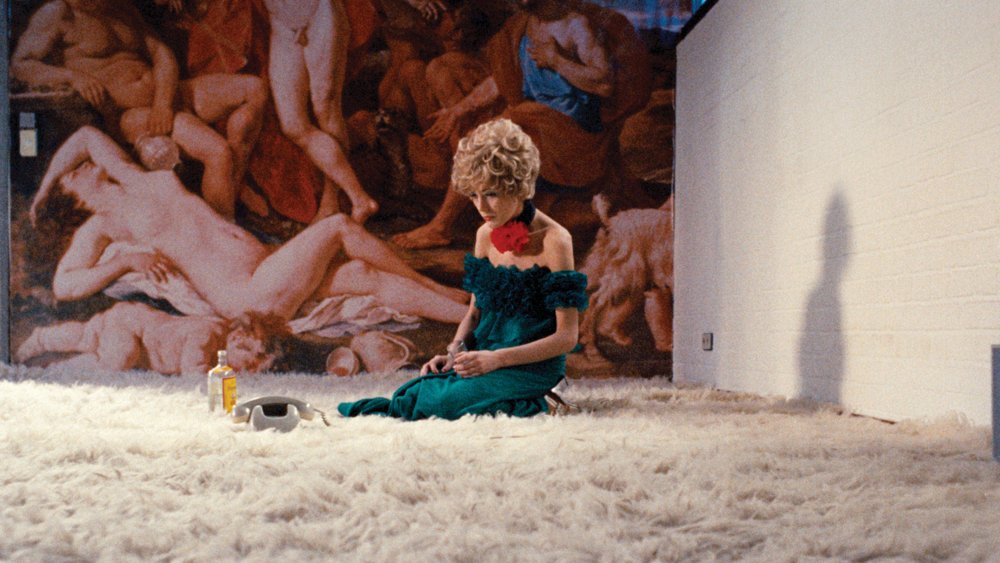
The Bitter Tears of Petra von Kant (1972)
It was originally a play?
Yes, but I don’t find it a particularly theatrical film. The thing is that the woman in it places herself in a theatrical kind of situation. You use very long takes in it. It was strongly linked to the acting. We reckoned that such and such a section was a sequence for the actress and had to be uninterrupted so that she could move through it. That was the first idea governing the film’s structure, right from the original dramatic idea.
You’ve said that you didn’t know Sirk’s All That Heaven Allows when you first told the story of Fear on the soundtrack of An American Soldier. Was it a surprise to discover it?
No, I was so much in tune with Sirk that nothing surprised me. Sirk has told many stories that I’d like to have done.
[In Fear Eats the Soul] it’s just a matter of a similar story; the films are products of different circumstances. Sirk’s is a kind of fairytale; mine is too, but one from everyday life. Sirk had the courage simply to tell the story. I probably didn’t trust myself simply to do that.
But I’d been wanting to do it for years… I didn’t have an actress for it until I met Brigitte Mira and realised that she could do it. It’s a story of two people who are in practically the same situation, who have much the same motives for repressing themselves.
Why did you use those emphatic fadeouts in the film?
I found them right, they were suitable for the kind of story it was. They really only separate events, and determine the passage of time. The same thing is taken to an extreme in Effi Briest.
How did you feel about acting in a film like Tenderness of Wolves, so obviously influenced by your own work?
Very courageous. Ulli Lommel and I had worked together a lot before then, and it was clear that he’d absorb some of it. But his method of working with actors is quite unlike mine.
What’s the film you’ve just shot?
Fox [Fox and His Friends, 1975]. It’s a film about capitalism. The story of a lottery winner and how he loses his money.
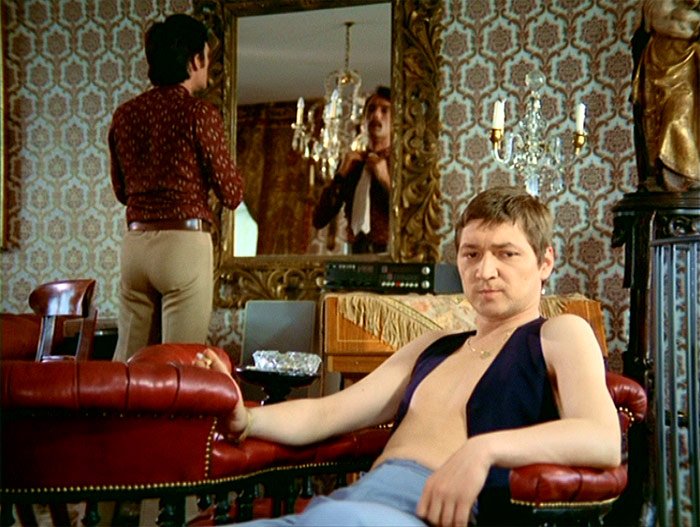
Fox and His Friends (1975)
You’re planning to work more in the theatre?
Yes, I’m trying to experiment with a group again. In the theatre I’m more interested in the work, in the process of creation. In film, more in the result. The theatre has a different audience, smaller, more specialised.
What about your TV serial [Eight Hours Don’t Make a Day], at the other audience extreme?
About that, I’d have to say again what I’ve already said about the films. You know you have 23 million viewers, and you try to find common denominators for an audience that large, to anchor the political background.
Would you repeat the experience?
If I hadn’t done it, I’d do it.
Does that mean you simply wanted to try out the form?
No, I think TV is the most important thing one can do.
- .
In the May 2017 issue of Sight & Sound
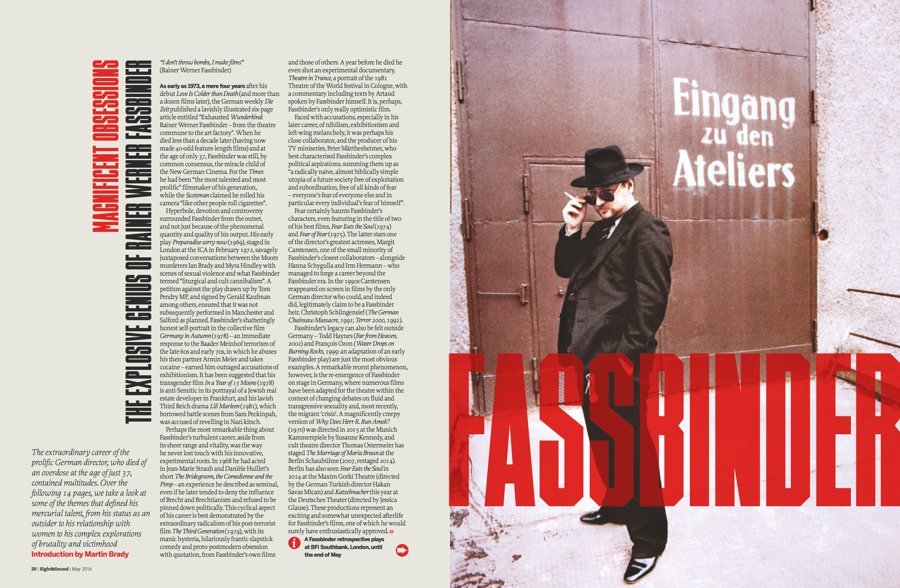
Magnificent Obsessions: The Explosive Genius of Rainer Werner Fassdinder
The extraordinary career of the prolific German director Rainer Werner Fassbinder, who died of an overdose at the age of just 37, contained multitudes. Over 14 pages, we take a look at some of the themes that defined his mercurial talent:
- Magnificent Obsessions: an introduction by Martin Brady
- The Outsider: Tony Rayns on RWF’s fascination with ‘otherness’
- The Mirror to Germany: Martin Brady on RWF’s Munich roots and relationship to the New German Cinema
- The Aesthete: Margaret Deriaz on RWF’s attitude to art
- The Ladies’ Man: Erica Carter on RWF’s instrumental use of female figures
- The Victim and the Victimiser: Elena Gorfinkel on the centrality of subjection, humiliation and interdependence in Fassbinder’s worldview
- The Collaborator: Tony Rayns on RWF’s tyranny over his troupes
- The Formal Innovator: Mattias Frey on RWF’s experiments across theatre, film and television
- The Stylist: Andrew Webber on RWF’s varying modes of aesthetic expression
+ “The primary need is to satisfy the audience”
In this edited version of a 1974 S&S interview, Fassbinder discusses his early explorations of the everyday realities of German lives and how American cinema influenced his work. By Tony Rayns.
+ “It was supposed to be more pessimistic”
The restoration of Fassbinder’s 1972 TV miniseries Eight Hours Don’t Make a Day allows a new generation to enjoy a classic that ranks with the director’s finest work. By Nick Pinkerton.
-
Sight & Sound: the May 2017 issue
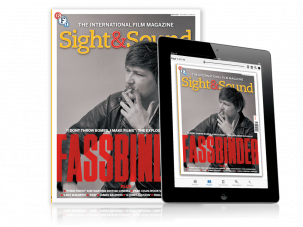
The explosive genius of Rainer Werner Fassbinder: a 14-page tribute. Plus Lady Macbeth, Raw and cannibalism on film, James Baldwin, Their Finest...
-
The Digital Edition and Archive quick link
Log in here to your digital edition and archive subscription, take a look at the packages on offer and buy a subscription.




